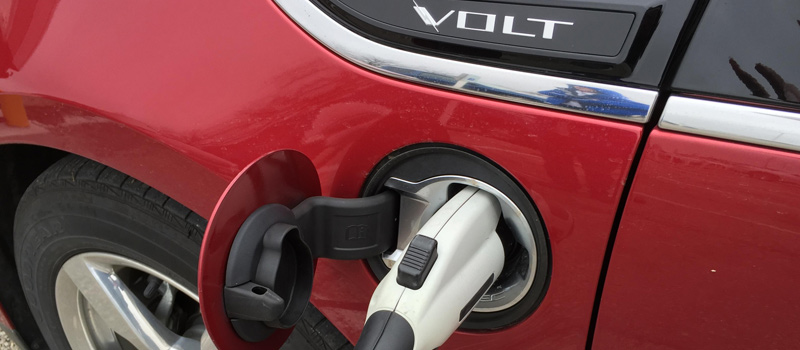Chapter 7
Hybrid and Electric Vehicles

Learning Objectives
After studying this chapter, the reader will be able to:
- Describe the different types of hybrid electric vehicles
- Explain how a hybrid vehicle is able to achieve an improvement in fuel economy compared to a conventional vehicle design
- Discuss the advantages and disadvantages of the various hybrid designs
- Describe HEV components, including motors, energy sources, and motor controllers
- Discuss the operation of a typical hybrid electric vehicle
- Identify a plug-in hybrid electric vehicle (PHEV)
- Explain how the high-voltage batteries are recharged in a PHEV and EV vehicle
- Discuss range anxiety
- Discuss the battery capacity and range correlation of an EV
- Describe the levels of chargers used to charge a PHEV or an EV
Key Terms
- BEV
- Combined Charging Systems (CCS)
- DC Quick Charger (DCQC)
- Electric Vehicle (EV)
- Hybrid Electric Vehicle (HEV)
- Internal Combustion Engine (ICE)
- Plug-in Hybrid Electric Vehicle (PHEV)
- Range Anxiety
- Zero-Emission Vehicles (ZEVs)
Animations
All animations are in Adobe Flash format. Click link to play. To download, right mouse click on the animation and choose Save Link As and save it to your computer.
Chapter Powerpoint
Coming Soon
Student Activities
Microsoft Word file format: Click activity to download. Open with Microsoft Word to edit. Save to your computer.
Chart the history of electric and hybrid electric vehicles
Classification & Levels of HEVs
Adobe Acrobat file format: Click activity to download. Open with Adobe Acrobat or Adobe Acrobat Reader to fill out. Save to your computer.
Chart the history of electric and hybrid electric vehicles
